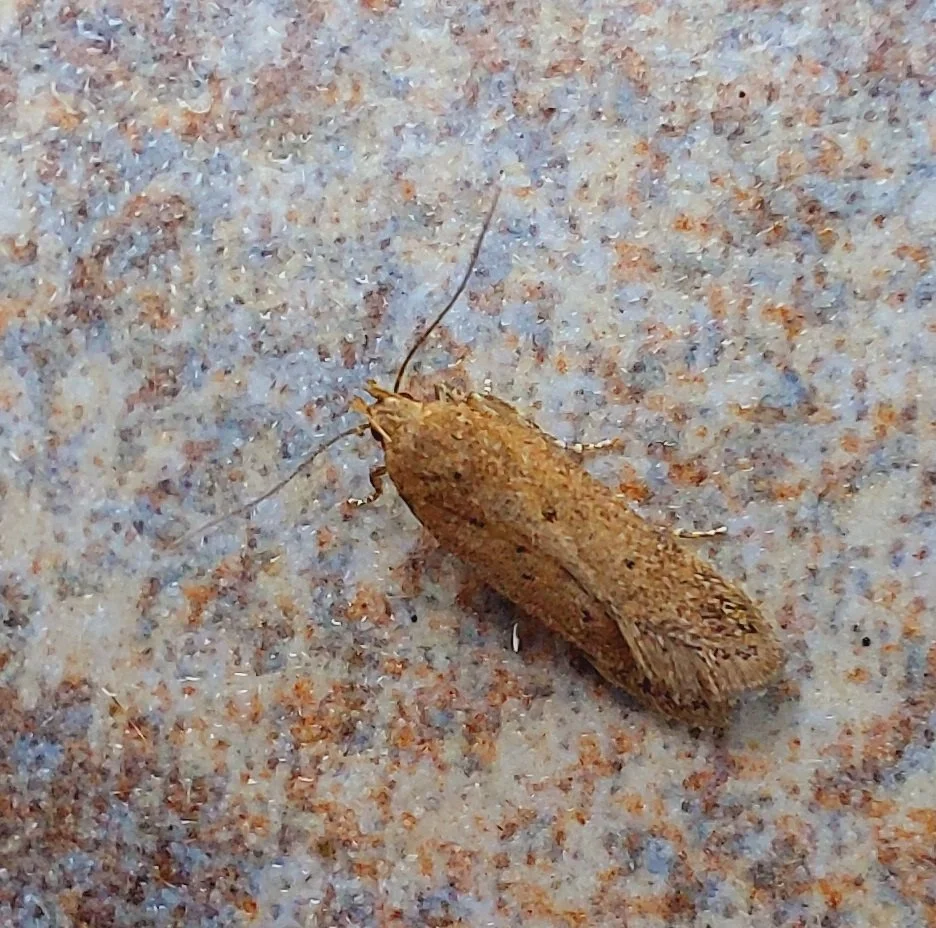Frosted Orange, Blair's Should Knot & Pale Mottled Willow
/As we had a nice dry night on Friday, I was able to put out the moth trap. I caught nine species, including this trio - all of them fairly typical for the time of year. Frosted Orange (Gortyna flavago) flies during Aug-Sept, it’s larvae live inside the stems of thistle plants. Blair's Shoulder-knot (Lithophane leautieri) is found around Cypress trees and flies a bit later - Oct-Nov. It is a non-native species first recorded in UK in 1951, but now widespread in gardens across most of England. Pale Mottled Willow (Caradrina clavipalpis) flies from July-September; its larvae are found on grain of cereal crops, including those that have been harvested.

























































